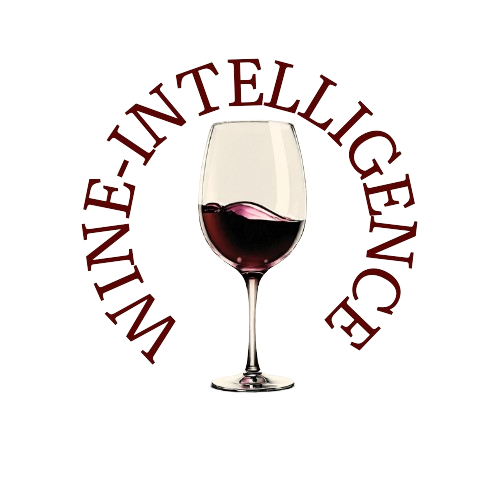Wineries across the United States are reinventing the way they engage with visitors, shifting from traditional tasting-room models toward immersive, experience-driven, and community-oriented approaches.
This evolution comes as the global wine tourism market is forecast to grow at a compound annual rate of 12.7% through 2035, according to Future Market Insights. The driving force behind this expansion is no longer just the wine itself—but the stories, settings, and sensory experiences that surround it.
Temecula Valley: A Laboratory for Experiential Wine Tourism
In Temecula Valley, California, this transformation is particularly evident. The region, deeply reliant on direct-to-consumer sales, generates around USD 905 million in annual spending, according to the latest Economic Impact Report. Its proximity to major metropolitan areas like San Diego, Los Angeles, Orange County, and the Inland Empire has inspired a strategy focused on community and repeat visitation rather than one-time tourism.
Devin Parr, brand marketing partner for the Temecula Valley Winegrowers Association, explains that local wineries now view hospitality as a key extension of their brand identity. Tastings start around USD 25, but many wineries are moving toward high-value, curated experiences—such as vineyard tours in open-air utility vehicles, hands-on blending labs, yoga and wellness sessions, and vertical tastings paired with gourmet food.
Some, like Bottaia Winery, go even further, offering members discounted pool access and exclusive lounges—creating a luxury resort feel in the heart of wine country. The region’s independence from the three-tier distribution system also allows producers to experiment with new grape varieties and styles, maintaining freshness and excitement in their offerings.
These innovations are paying off: 61% of Temecula’s visitors in 2025 were already wine club members, and direct-to-consumer (DTC) revenue is up 2.4% year-over-year.
The Finger Lakes: Festivals and Food-Driven Community
In New York’s Finger Lakes, wineries are embracing the power of events and partnerships to attract both tourists and locals. Dr. Konstantin Frank Winery has expanded its calendar to include cultural and culinary festivals. Notable examples include an Austrian-themed event featuring live music and traditional dishes, and a holiday market that has grown from 150 attendees to over 1,000 in just four years.
The winery’s focus on exclusivity and engagement—through wine club-only socials and food-focused gatherings—has resulted in a 3% rise in reservations and a 250% increase in wine club membership over two years.
Music, Technology, and Storytelling: Napa’s Opus One
At the high end of the spectrum, Opus One Winery in Napa Valley has merged wine with music and digital storytelling. Through its Opus One International Prize for Composition, the winery named Sofia Jen Ouyang as Composer in Residence, who performed her work at an intimate concert for 50 guests. The event was recorded and shared across social media, reinforcing the brand’s sophisticated and artistic image.
Looking ahead, Opus One plans to integrate RFID technology into its bottles starting in 2026, enabling customers to listen to curated compositions linked to each vintage—a multi-sensory fusion of taste and sound.
Community Collaboration: A New Model for Wine Country
Beyond individual experiences, collaboration is becoming a hallmark of modern wine tourism. Hillick & Hobbs, located in the Finger Lakes, recently joined the South East Seneca Business Alliance, a coalition of more than 30 businesses promoting regional cooperation. Together, they host cross-promotional events, like Hillick & Hobbs’ Sunset Series, which pairs local cuisine and live music to attract both visitors and residents.
Forge Cellars, another alliance member, has transformed its tasting room into a community hub. During the pandemic, the winery expanded its space to include food offerings and wines from other producers, introducing “Frenchie Fridays”—events featuring premium bottles at accessible prices with casual food pairings. These evenings quickly became sellout events, illustrating how shared culture and approachability can deepen customer engagement.
The New Customer Experience Economy
According to the BMO 2025 Wine Market Report, direct-to-consumer sales now make up 56% of total U.S. winery revenue. Much of this growth is fueled by younger consumers, who seek personalized, authentic, and shareable experiences rather than traditional tastings.
The takeaway is clear: wineries that innovate with purpose, cultivate community partnerships, and deliver immersive, multi-sensory experiences are setting the pace for the future of wine tourism. The days of passive sipping are fading—today’s wine country is about participation, storytelling, and belonging.
Source: Vinetur

